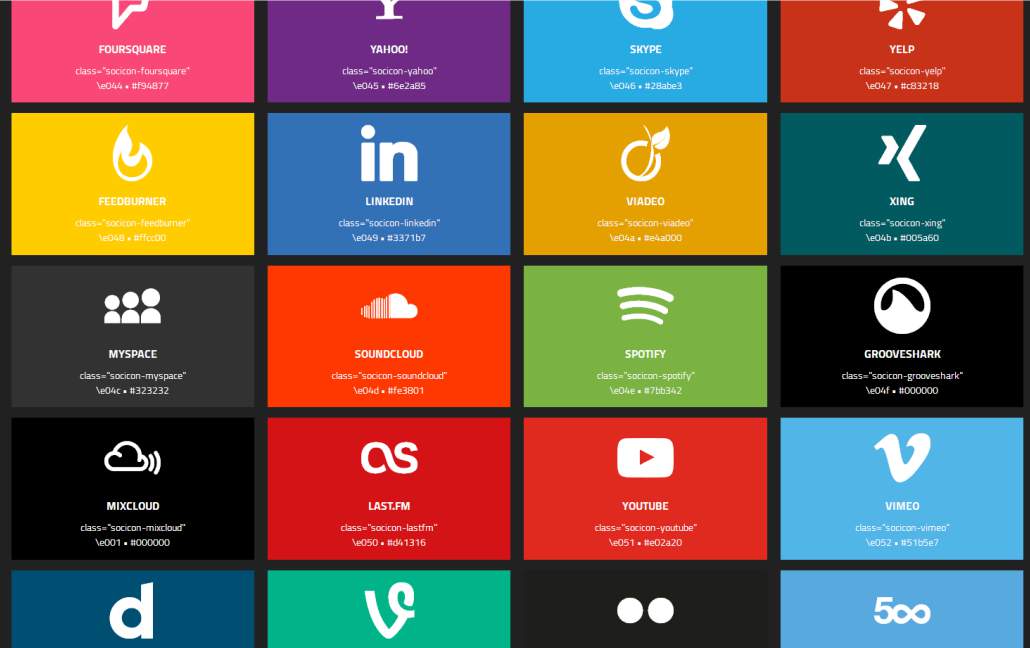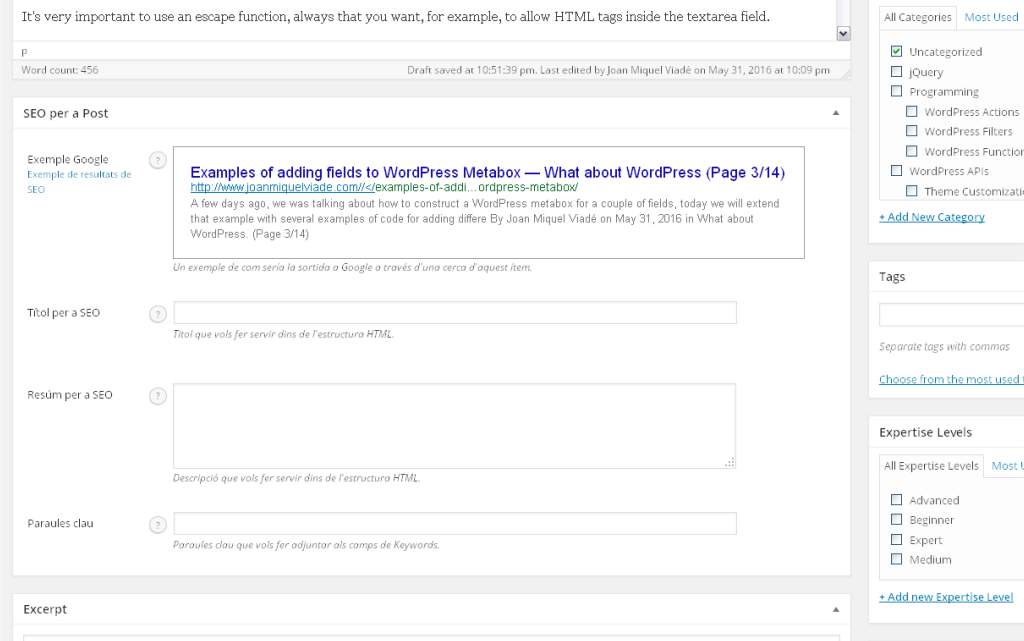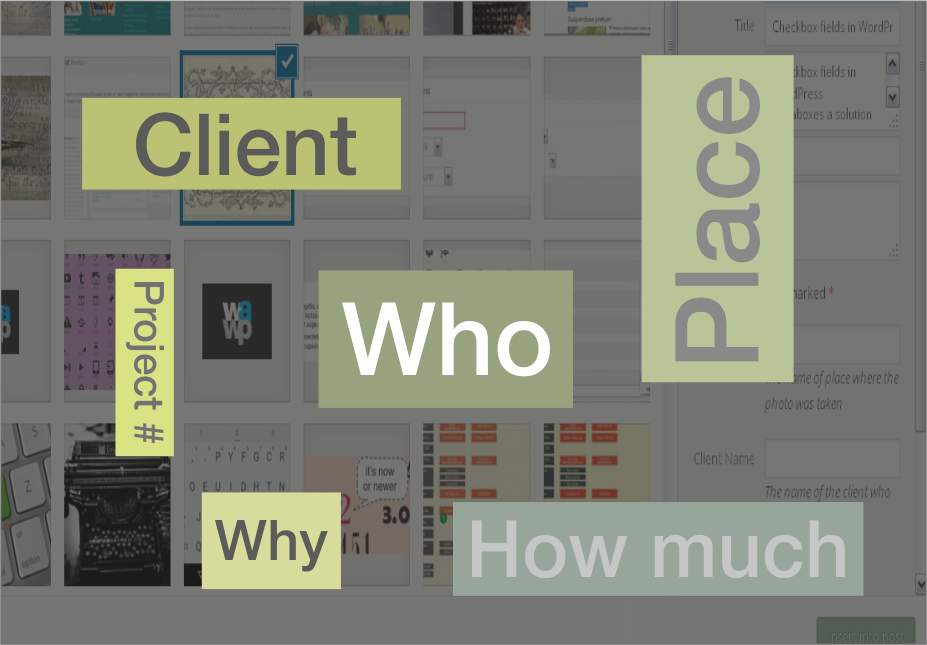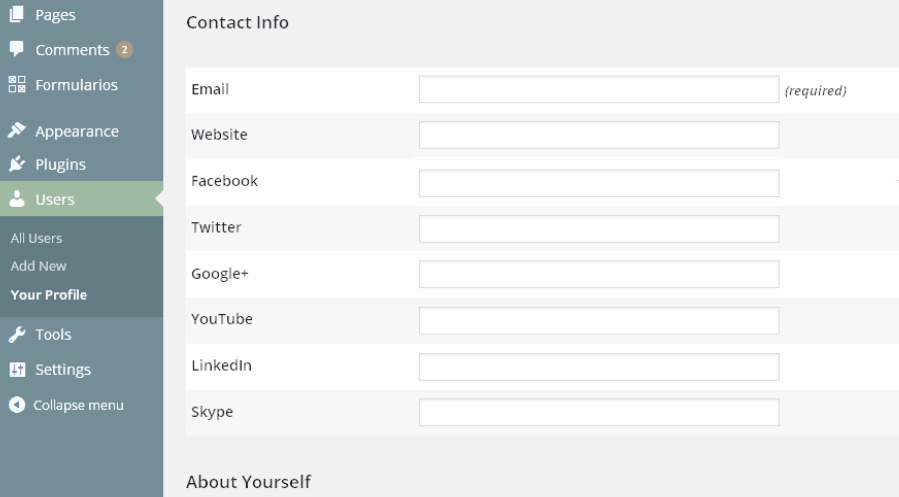More or less a week ago, we was talking about the font genericon, principally for constructing wonderful social menus. Genericons is a good font but if you need really add a lot of social profiles, it’s probably that you don’t find the most unknown or inhabitual profiles. If this is your case, your icons font is Socicon Font.

SocIcon font is a very good font that includes more that one hundred of social profiles icons: the most known that you probably can find in any other icons font but also the most unknown, rare… So, it’s actually a good options if your website has a strong social character. Continue reading…








